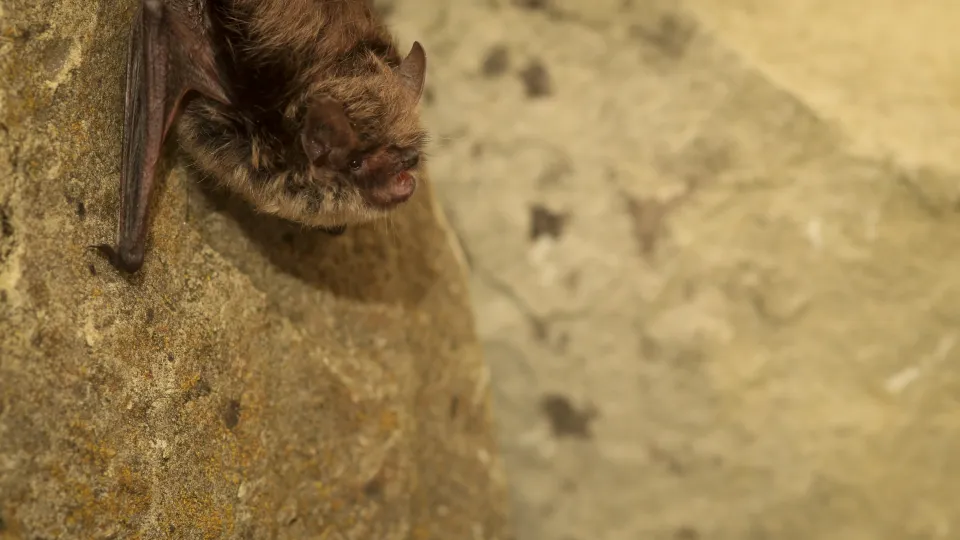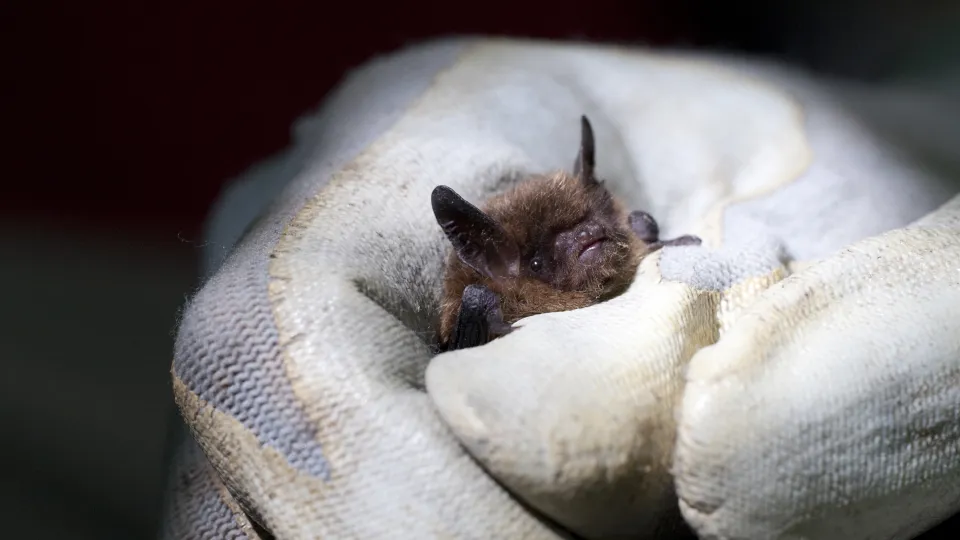
Alcathoe bat
The Alcathoe bat was 'discovered' in the UK in 2010 when it was confirmed as a separate species to the very similar whiskered and Brandt's bats. Little is known about its range and habits, but it can be found in wooded areas.
A taxon is Data Deficient when there is inadequate information to make a direct, or indirect, assessment of its risk of extinction based on its distribution and/or population status. A taxon in this category may be well studied, and its biology well known, but appropriate data on abundance and/or distribution are lacking. Data Deficient is therefore not a category of threat or Lower Risk. Listing of taxa in this category indicates that more information is required and acknowledges the possibility that future research will show that a threatened category is appropriate.

The Alcathoe bat was 'discovered' in the UK in 2010 when it was confirmed as a separate species to the very similar whiskered and Brandt's bats. Little is known about its range and habits, but it can be found in wooded areas.

The small, shaggy-furred whiskered bat roosts in all sorts of houses, old or modern. It is similar to the Brandt's bat and they often roost together, but in separate colonies. It feeds along familiar routes, such as hedgerows and woodland edges.

The small, shaggy-furred Brandt's bat roosts in all sorts of houses, old or modern. It is similar to the whiskered bat and they often roost together, but in separate colonies. It feeds low to the ground in woodland and near water.